From time to time, my mother asks me, “what do you do for work?” I've been practicing both architecture and design for a long time, and it's still curious to me how she continuously asks me this question. I think this has a lot to do with the hybrid approach I’ve taken on projects in this ‘digital revolution'' that we are all experiencing and navigating today.
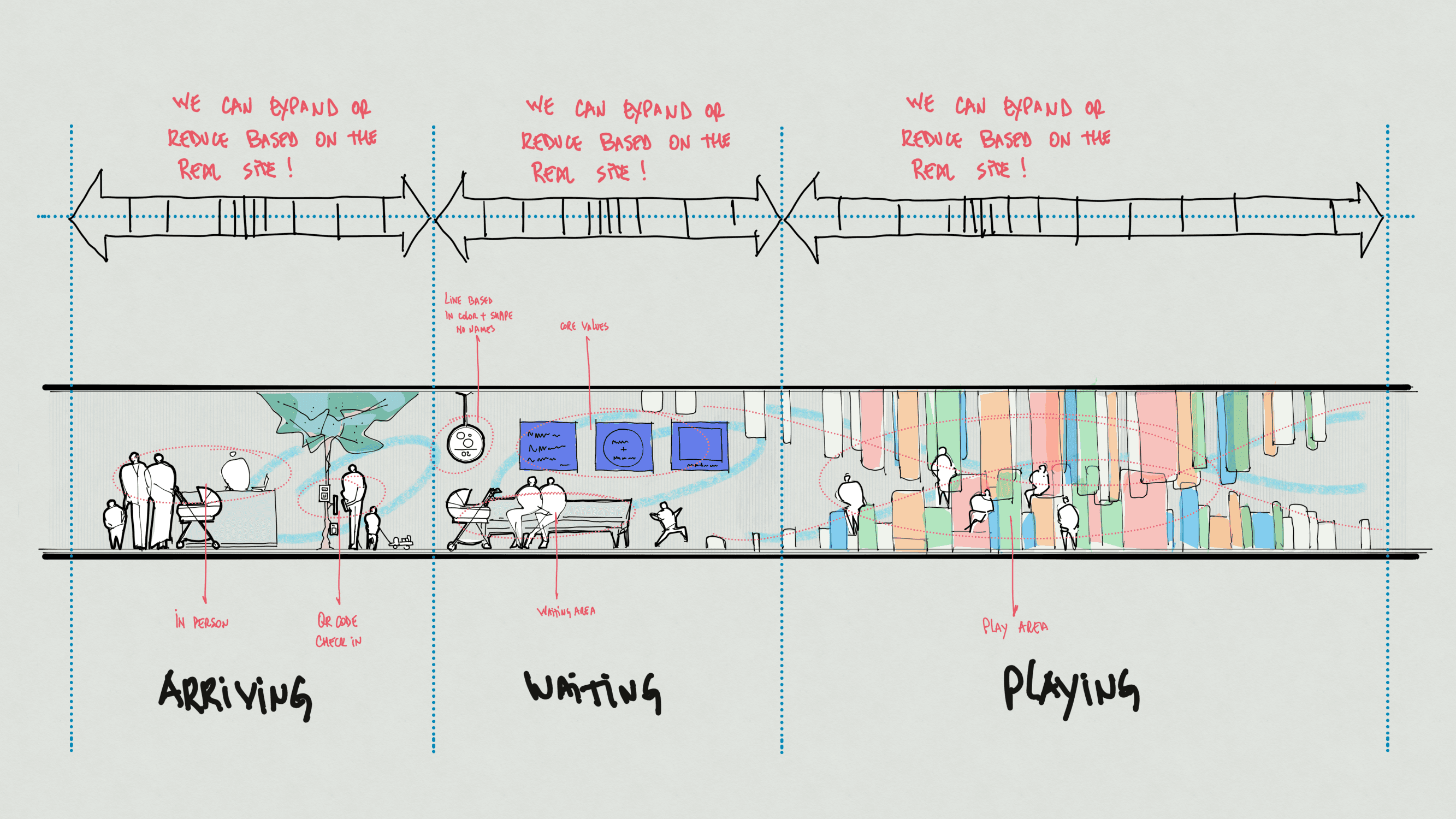
CACTUS, Oath Pediatrics
I prefer to see the so-called “digital world” as a twin to the analog world. Like the unique structure of DNA, two lines intertwined, similar yet different, the two live side by side and are essential to creation. The analog world influences the physical SPACE people experience and the digital world influences people’s experience of TIME, and vice-versa. In my head, working in both analog and digital simultaneously means that you can shape a person’s space-time journey!
Today, one human being can experience a complete shift in the world around them within the span of their life. Things that once took generations to change now take weeks, even days. From the hand-painted wall to the computer, from the primitive cave to the modern skyscraper, all the designs require a human-centric approach considering the super fast transformation of the reality around us and the precious time value of each character.
A designer’s job is to bring balance and harmony to the tangible and intangible aspects of our own available space-time. With time at premium and spaces being constantly reinvented, our experiences of both are too valuable to waste and therefore must be tended through an analog and a digital lens.
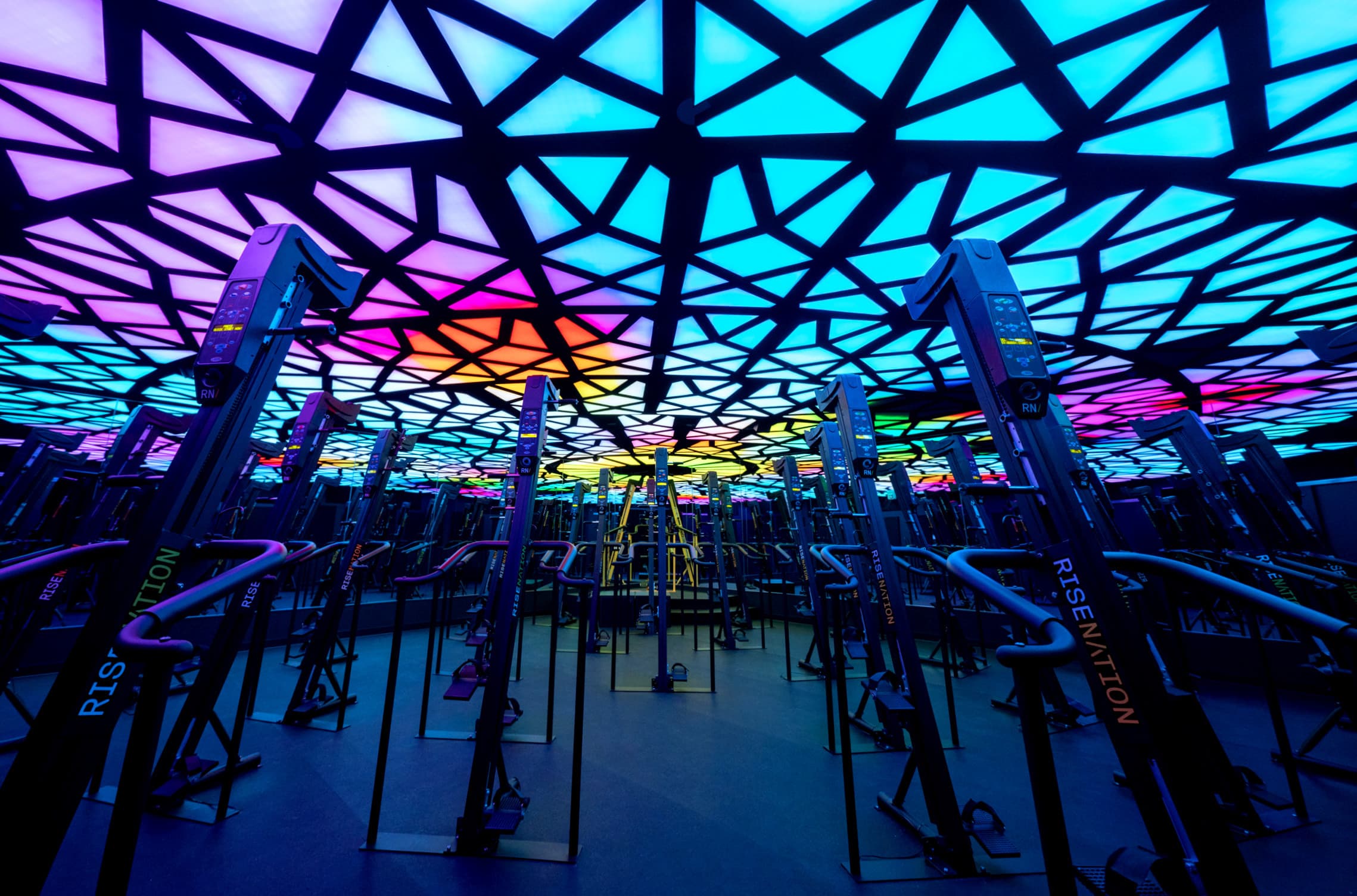
CACTUS, Rise Nation - High-Performance Gym Studio
From a simple object to a city's urban design, regardless of scale we are talking about the quality of people's time: Any interaction, virtual, visual, physical, consumes an individual's time in some capacity and this time is essential.
The point is that today, the “digital world” is the main engine of influence in the context of a person's life and their use of time. It is no longer possible to imagine a world without tools and digital interfaces.
With the advancement of the digital world and the created intangible universe, there is now a competition for the person's time between the physical (material) and the digital (immaterial) world, which calls to mind the issues around our attention spans and our understanding of time spent on devices. As everything goes very fast, the most popular digital tools (in a way, still primitive, primarily social networks), fight for your attention and not for the quality of your time. The volume of misinformation is gigantic since the algorithms' goal is related to your attention, not to the quality of the time and information provided.
And this has a massive impact on the relationships between physical space, digital space, and our time consumption. How do we experience a public space when everyone around us is on their devices? Are we also too entrenched in our phones to really notice what is going on around us? How do we engage with space differently? There are no longer artistic performances or concerts where there aren't at least a crowd of people recording the moment with their smartphones, converting that moment to the digital world to answer a call for the digital world's attention.
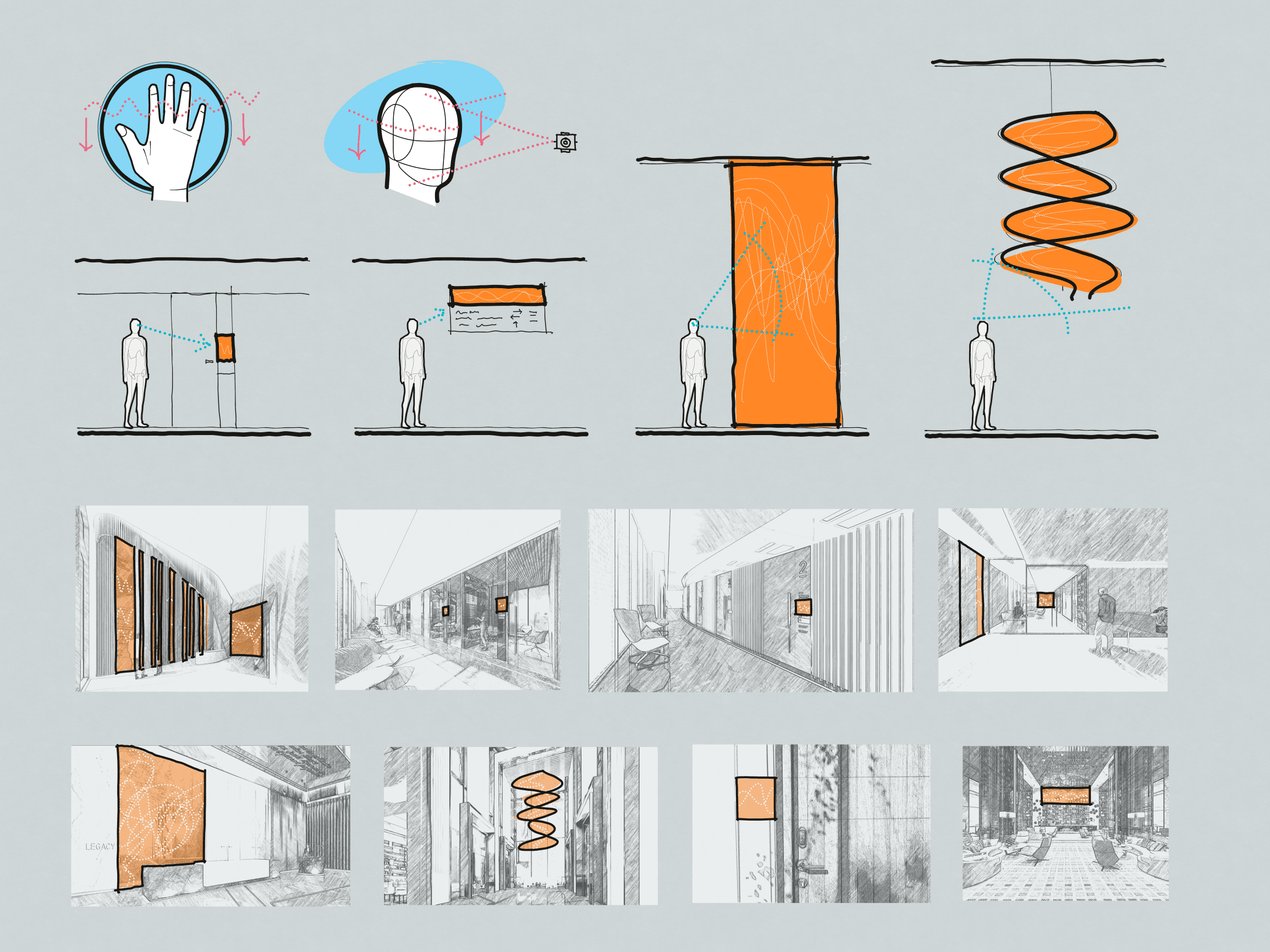
CACTUS, Digital Interactions at Wellness Center
As a designer, I prefer to unify the analog world and the digital world. Both fight for your time, and therefore the goal must be to create harmony between them. This harmony should come from the desire to prioritize quality time in your daily life. We must think about a design that points to a future, an invented and desired bright future, but should fulfill your desires as a user of the present day.
True, quality time is when you see something and consider it beautiful, when you are present in a space and feel good, or when you touch or use something and feel joy, or when you feel empowered and moved by good and true design!
Good design then by definition should simultaneously face the conflicts and provide synchronicity between the analog and digital world, and address three main questions:
- How do we create quality time for the user and what is the strategy for that?
- What is the solution in time and space (analog and digital)?
- What tools, what technologies, and what resources need to be applied?
Regardless of any methodology applied to develop "the design," these questions should help create strong results and more conscious user experience.
My work as an architect has spanned across many diverse fields: from an art installation to an entire museum; a high-performance gym to the most advanced health and wellness center, from an innovative healthcare clinic to a new A.I. operating system. In all of them, it has just been a matter of timing!
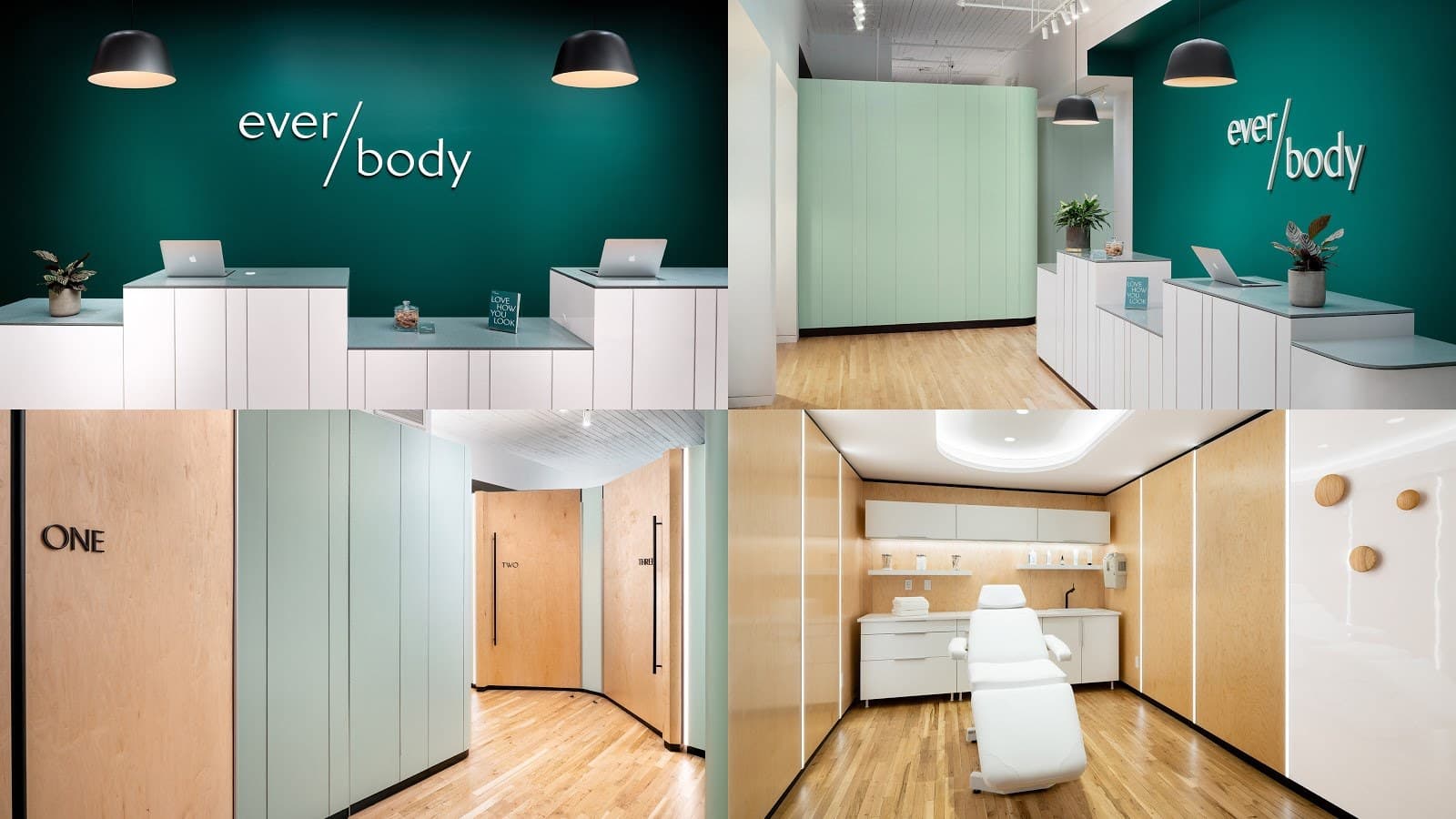
CACTUS, Ever/Body Clinics
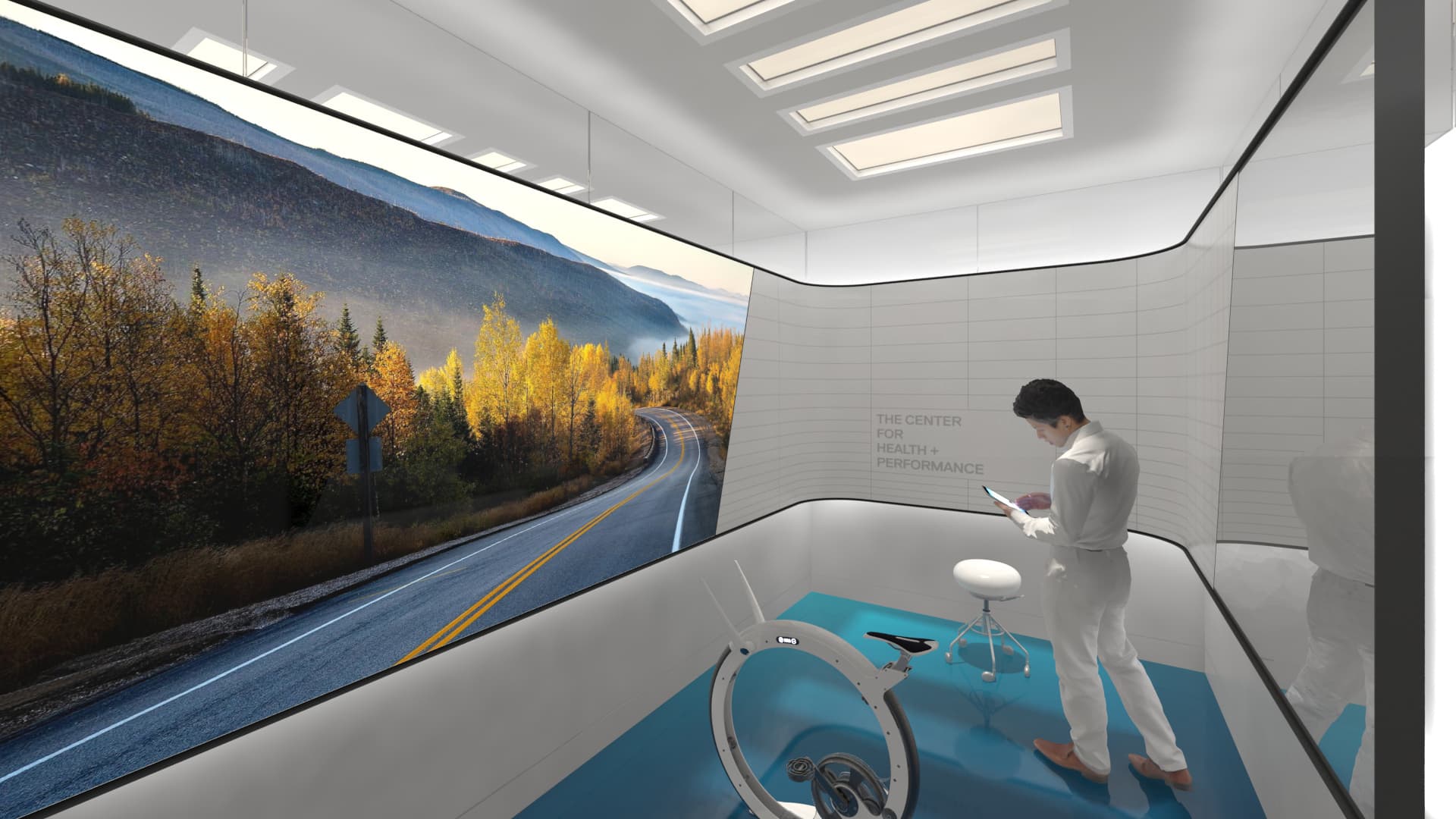
CACTUS, The Center for Health + Performance (CH+P)
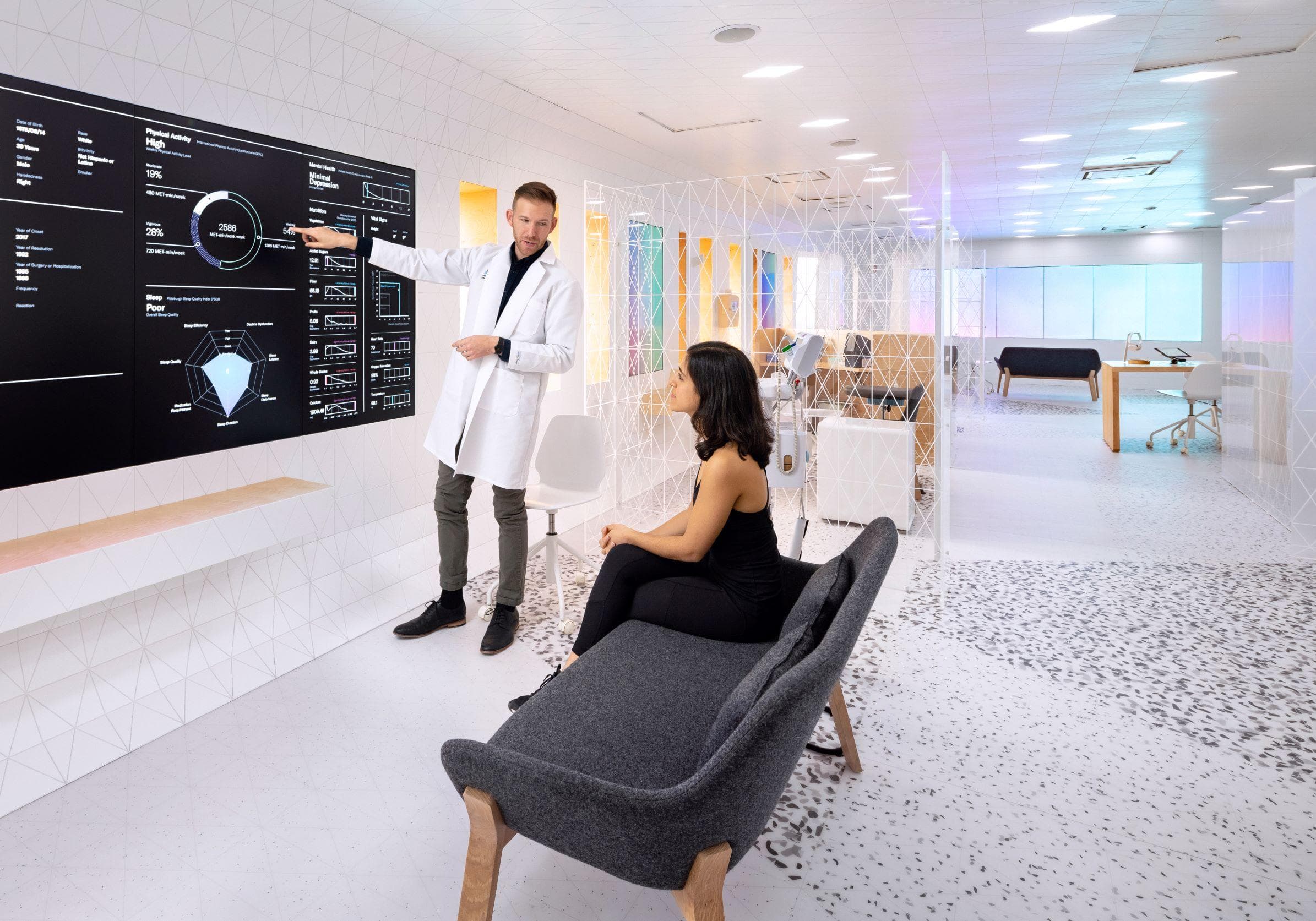
CACTUS, Lab100, Hybrid Medical Clinic and Research Lab
So, when my mother asks me what I do, I usually reply: "As an architect and designer, I try to make people's time in this complex world the best-time ever!" And I know that soon she will ask me again, not because she didn't understand, but because she likes to spend her time seeing the beautiful nature of an architect talking about time!
Cheers,
Marcelo Pontes
P.S. Even this text requires design, and I hope that the time it took to read it was worth it for you!
Lead Image: CACTUS, Musehum - Museum of Communications and Humanities

